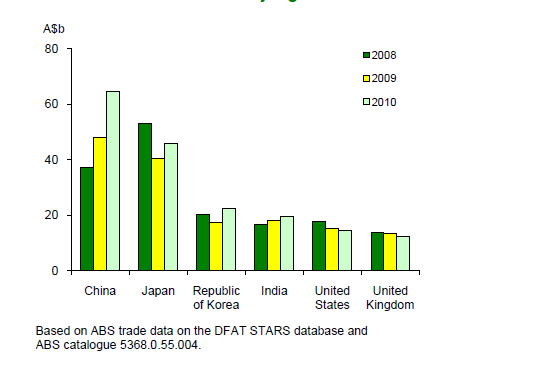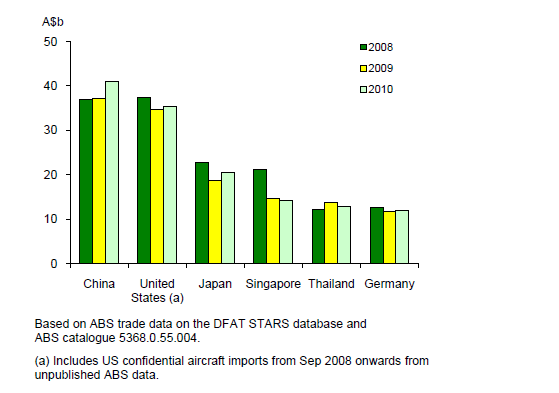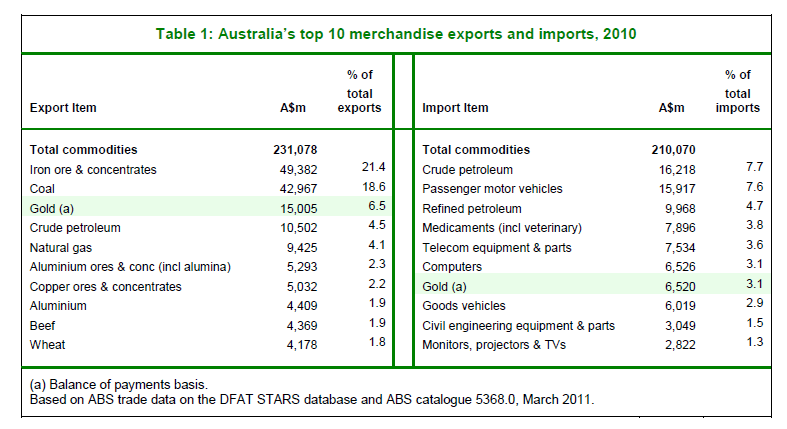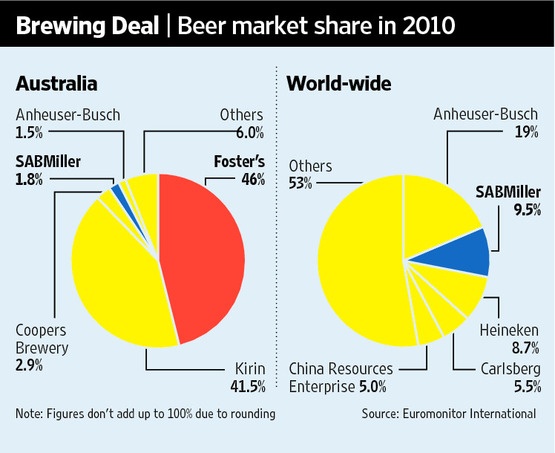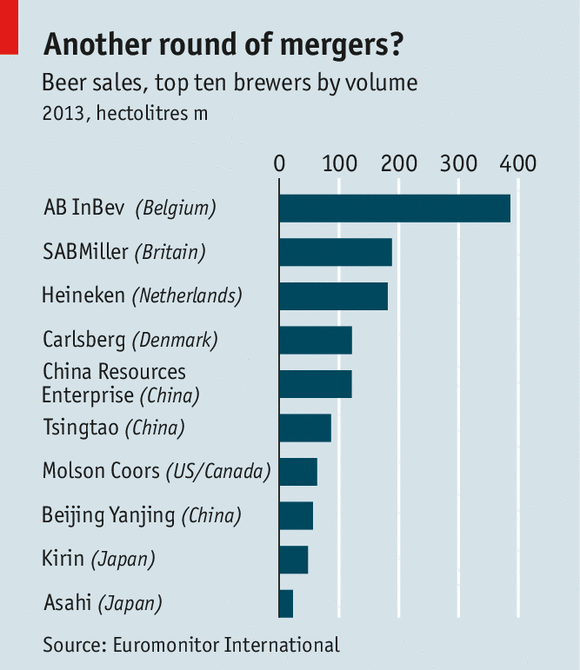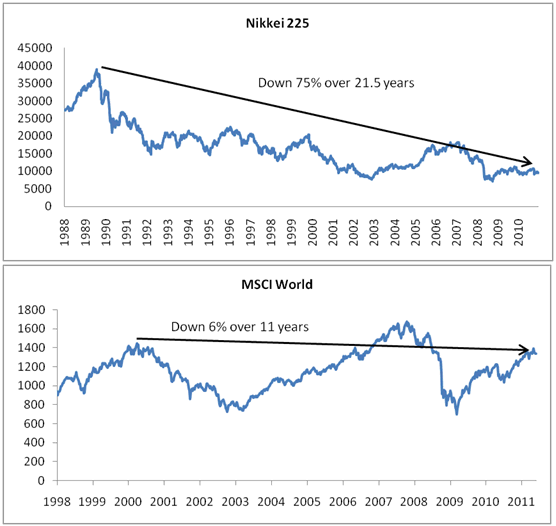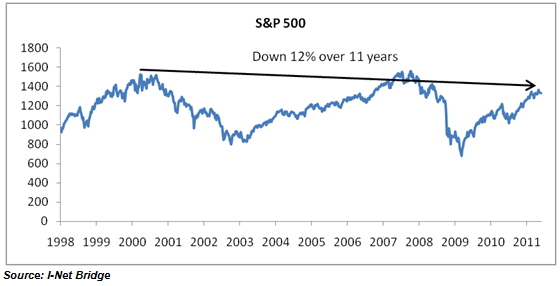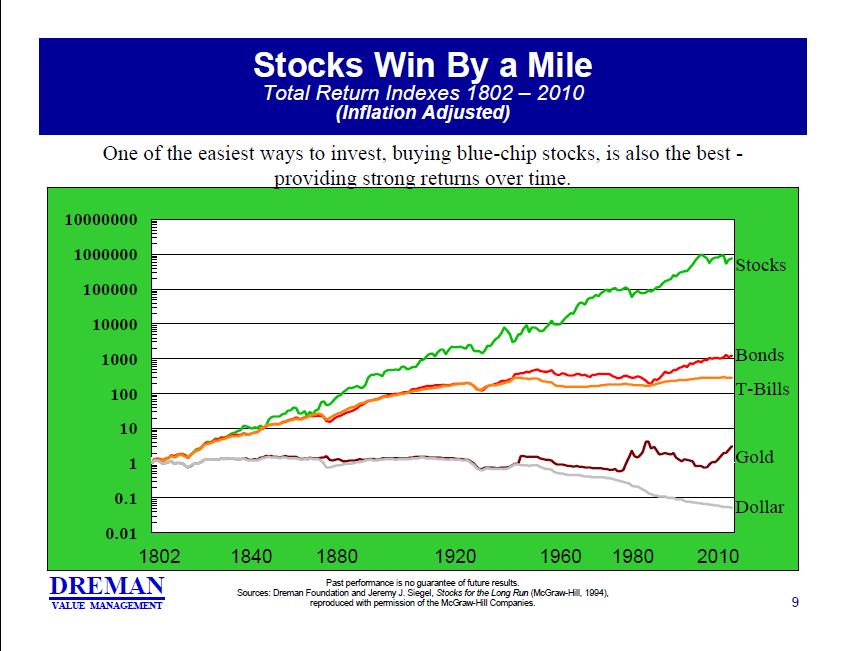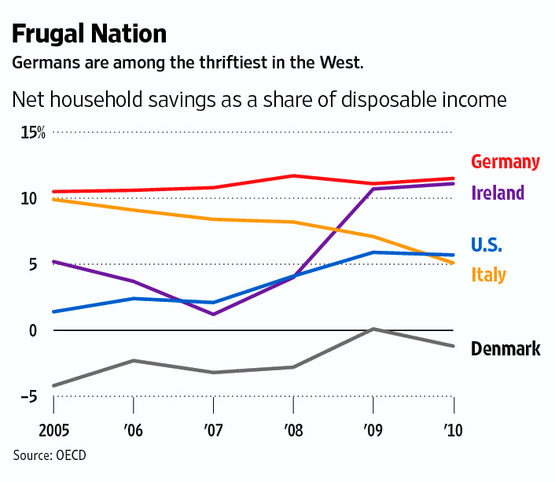With the first six months over for this year, lets take a quick look at the five best and worst ADR stocks. I have included stocks that are exchange-listed only and whose stock price is above $10.
The five best performing ADRs YTD:
1. Company:ATA Inc (ATAI)
YTD Change:173%
Current Price: $10.05
2. Company:Silicon Motion Technology (SIMO)
YTD Change: 152%
Current Price: $10.84
3. Company:Melco Crown Entertainment (MPEL)
YTD Change: 100%
Current Price: $12.91
4. Company:Elan (ELN)
YTD Change:98%
Current Price: $11.54
5. Company:Amarin (AMRN)
YTD Change: 76%
Current Price: $14.71
The five worst performing ADRs YTD:
1. Company:E-Commerce China Dangdang (DANG)
YTD Change: -57%
Current Price: $12.39
2. Company:HiSoft Technology International (HSFT)
YTD Change: -51%
Current Price: $14.82
3. Company:Noah Holdings (NOAH)
YTD Change: -42%
Current Price: $11.54
4. Company: Country Style Cooking Restaurant (CCSC)
Current Price: $13.50
YTD Change:-42%
5. Company:Logitech International (LOGI)
YTD Change: -39%
Current Price: $11.27%
Except Logitech International, the rest of the worst performing ADRs noted above are Chinese firms.
Source: http://www.adrbnymellon.com
Disclosure: No Positions
